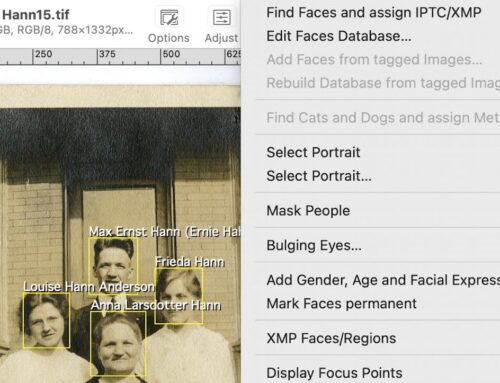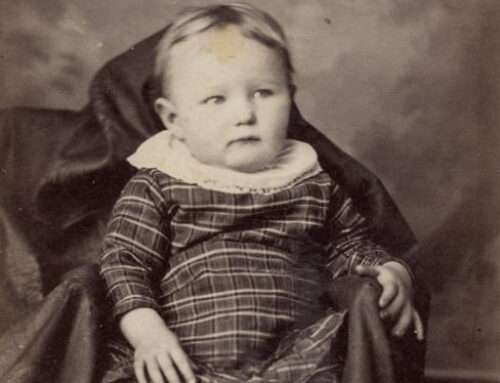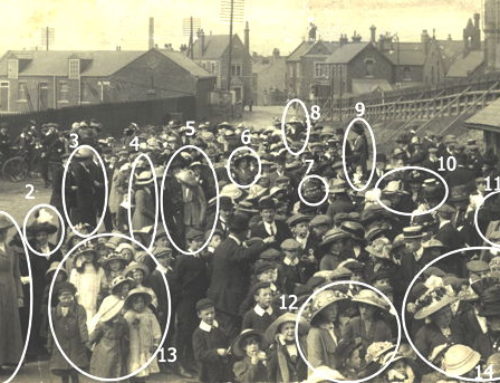If you come from a famous family, you may have more artifacts and records, but are they authentic? It seems this portrait of Mary Todd Lincoln, hanging in the governor’s mansion in Illinois for decades, is not. The fraudulent Mary Lincoln portrait exposed during cleaning.
The canvas, which was purchased by Abraham Lincoln’s descendants before being donated to the state’s historical library in the 1970s, was discovered to be a hoax when it was sent to a conservator for cleaning, said James M. Cornelius, the curator of the Lincoln library and museum in Springfield. The museum is planning to present its findings at a lecture on April 26.
The story behind the picture was compelling: Mary Todd Lincoln had Carpenter secretly paint her portrait as a surprise for the president, but he was assassinated before she had a chance to present it to him.
Now it turns out that both the portrait and the touching tale accompanying it are false.
“It was a scam to defraud the Lincoln family,’’ Cornelius said.
The Lincolns were not the only ones fooled. Ever since The New York Times announced the portrait’s discovery in 1929, on Feb. 12, Lincoln’s birthday, historians and the public have assumed it depicted Mary Todd Lincoln. It was reproduced in The Chicago Tribune and National Geographic, and versions of it still illustrate at least two biographies, including the latest paperback edition of Carl Sandburg’s 1932 “Mary Lincoln: Wife and Widow.’’
In reality, the painting depicts an unknown woman and was created by an anonymous 19th-century artist, said Barry Bauman, the independent conservator who uncovered the fraud. The con, however, dates to the late 1920s, when the portrait was recast as that of Mary Todd Lincoln, he said.
Bauman identifies the culprit behind the scam as Ludwig Pflum, who rechristened himself Lew Bloom and was given to the kind of self-invention that America became famous for during the industrial era. He worked as a jockey, circus clown, boxer, and vaudevillian before settling on art collecting.
When he died less than a year after the painting’s public unveiling, an obituary in a Reading, Pa., newspaper noted that he “dabbled in oil paintings.’’ Apparently he dabbled more than anyone at the time realized.
Bauman, who offers his services without charge to museums and nonprofit groups, said he believed that Bloom altered the subject’s facial features; painted over some accessories, including a necklace with a cross; and added a brooch with the president’s picture.
Bloom concocted a story to accompany his handiwork, saying that Mary Todd Lincoln surreptitiously approached Carpenter while he was at the White House working on his 15-by-9-foot painting, “The First Reading of the Emancipation Proclamation,’’ which hangs in the Capitol. She had planned a party, he said, where she would give the portrait as a surprise to her husband.
But, as the story went, after John Wilkes Booth shot the president at Ford’s Theater on April 14, 1865, the distraught and impoverished first lady asked Carpenter to dispose of it. Carpenter, Bloom claimed, sold it to a wealthy Philadelphia family, the Neafies, who in turn gave it to Bloom’s sister Susan, in thanks for her nursing a relative through a long illness.
Bloom attached a notarized affidavit attesting to this fabricated history on the back of the painting before exhibiting it as a “never-before-seen-portrait’’ in 1929 at Milch Galleries in Manhattan. “Bloom knew he could get away with it, for all of the individuals mentioned in the affidavit were dead,’’ Bauman said. “The smoking gun,’’ he explained, was that Bloom’s sister had been only 5 when the Neafie relative died.
Cornelius explained that the Lincoln family was an easy mark at the time. The president’s only surviving son, Robert Todd Lincoln, had died in 1926. Robert’s widow, Mary Harlan Lincoln, was still trying to stifle negative publicity about the Lincolns and even paid to squelch a series of articles about Robert’s institutionalizing his mentally unstable mother against her will in 1875. So Bloom most likely assumed that something that presented Mary Todd Lincoln in a sympathetic light would appeal to the family, Cornelius said. Robert’s daughter, Jessie, bought the painting for $2,000 to $3,000.
More here at the Boston Globe. (And happy 203rd, Abe.)
For more information on caring for your family photographs, click here.




